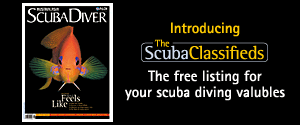- Home
- Directory
- Shop
- Underwater Cameras - Photographic Accessories
- Smartphone Housings
- Sea Scooters
- Hookah Dive Systems
- Underwater Metal Detectors
- Dive Gear
- Dive Accessories
- Diving DVD & Blu-Ray Discs
- Diving Books
- Underwater Drones
- Drones
- Subscriptions - Magazines
- Protective Cases
- Corrective Lenses
- Dive Wear
- Underwater Membership
- Assistive Technology - NDIS
- On Sale
- Underwater Gift Cards
- Underwater Art
- Power Stations
- Black Friday Sale
- Underwater Bargain Bin
- Brands
- 10bar
- AOI
- AquaTech
- AxisGo
- Backscatter Underwater Video and Photo
- BLU3
- Cayago
- Chasing
- Cinebags
- Digipower
- DJI
- Dyron
- Edge Smart Drive
- Eneloop
- Energizer
- Exotech Innovations
- Fantasea
- Fotocore
- Garmin
- Geneinno
- GoPro
- Hagul
- Hydro Sapiens
- Hydrotac
- Ikelite
- Indigo Industries
- Inon
- Insta360
- Intova
- Isotta Housings
- Jobe
- JOBY
- Kraken Sports
- LEFEET
- Mirage Dive
- Nautica Seascooters
- Nautilus Lifeline
- NautiSmart
- Nitecore
- Nokta Makro
- Oceanic
- Olympus
- OM System
- Orca Torch
- Paralenz
- PowerDive
- QYSEA
- Scubajet
- Scubalamp
- Sea & Sea
- SeaDoo Seascooter
- SeaLife
- Seavu
- Shark Shield
- Sherwood Scuba
- Spare Air
- StickTite
- Sublue
- Suunto
- SwellPro
- T-HOUSING
- Tusa
- U.N Photographics
- Venture Heat
- XTAR
- Yamaha Seascooter
- Youcan Robot
Great Manta Encounters
Contributed by Scuba Diver Australasia
 Story
& Pics by Michael AW
Story
& Pics by Michael AW
There should be ballads, poetry and overtures written for mantas...in our ocean world, they are the epitome of grace. With a wingspan of up to seven metres, they soar through the liquid realm, seemingly dancing to the rhythm of a quintessential symphony. My most memorable experience was one morning two years ago at Coral Bay, Western Australia.
The water was dark green; literally a seafood soup of plankton; sperm and eggs spawned from the night before. Water visibility was an uninviting three metres but the half a dozen mantas beckoned me to jump right in. I swam to one of them as it began to rise towards the surface. We met eye-to-eye, a delicate moment that seemed to cause time to stand still. Nanoseconds before I collided into him the white-bellied giant arched away. In a quiescent world, they glide through the watery realm, the morning light flickers across their powerful muscular wings. Two others soon join the lone ray. Together they move through the water like birds of prey gliding in the wind. Their giant, wing-like fins propel them at speeds that make it difficult for me to match.
 After
several minutes of performance, one manta breaks off and dives towards the seafloor.
Just before it touches the bottom, it exposes its white underside, turns and
strikes up towards me. I descend to five metres and hover for a closer look.
It momentarily slows its ascent as it reaches into a plankton cloud. It then
begins to somersault; its cephalic fins at the side of its mouth reach out to
form a funnel scooping in rich sustenance. It is only then that my body reminds
me with excruciating pain, that I am not one of them. I break the surface, breathless.
After
several minutes of performance, one manta breaks off and dives towards the seafloor.
Just before it touches the bottom, it exposes its white underside, turns and
strikes up towards me. I descend to five metres and hover for a closer look.
It momentarily slows its ascent as it reaches into a plankton cloud. It then
begins to somersault; its cephalic fins at the side of its mouth reach out to
form a funnel scooping in rich sustenance. It is only then that my body reminds
me with excruciating pain, that I am not one of them. I break the surface, breathless.
Through my career I have been privileged to have had several encounters with
these graceful benevolent rays, though I must admit that I seek out the optimum
opportunities for interacting with them. And I have loved every single moment
of serenity and grace. There are now several places in the world known for manta
encounters and I have checked out quite a few. Palau, Yap, Raja Ampat, Milne
Bay, PNG, Maldives, Richelieu Rock - Thailand, Tubataha - Philippines,
Heron Island Australia, East Coast of Peninsula Malaysia, Layang Layang -
Sabah, Galapagos, Bora Bora - Tahiti, Kona Coast - Hawaii island and the
Revillagigedo Islands off Mexico are some of the better known ones. However,
a few of these excel among the rest, predictably famous for closer, quality
interaction.
About Mantas
 Early
fishermen called them the Devilfish. A relative of sharks, manta rays often
feed at the surface on small zooplankton and krill funneling them into their
mouths with specialized head fins called cephalic fins, which unfurl below into
twin scoops.
Early
fishermen called them the Devilfish. A relative of sharks, manta rays often
feed at the surface on small zooplankton and krill funneling them into their
mouths with specialized head fins called cephalic fins, which unfurl below into
twin scoops.
Generally solitary or known to form loose aggregations of three to six animals,
they sometimes gather in larger groups of 30 to feed on a concentration of krill.
Much like a hydrodynamic equivalent of a sheep dog herding they do so by sommersaulting
in tight loops, their white bellies flashing like a vortex generator forcing
millions of krill into a concentrated ball - to be rammed into the gaping
manta mouths on their next pass.
Manta rays are the gentle giants of the ray family Mobulidae –
the largest recorded specimen was taken off the coast of India weighing in excess
of two tons. Since mantas bear only a single live pup, they fit into the pattern
of a long-lived animal. One easy distinctive feature of mantas is that their
long tails lack a stinging spine at the base like other rays. Though the tails
might aid in movement, I have seen several mantas with missing or short tails
that appear to function normally. Mantas form a single-file train over the reef
during mating. A friend observed up to 40 males chasing a single female in the
Maldives. When she has chosen a lucky one, she will allow the male to bite onto
her long fin tip and slide beneath her for an abdomen-to-abdomen copulation.
How to Shoot Mantas
Mantas are most easily photographed especially at cleaning stations - but most often these stations are in channels where a current is running. Naturally mantas are not inclined to swim up to you and wait for you to take their picture. But this does not mean you should start chasing them around the reef - remember they have huge fins and can swim much faster than you. Mantas are gentle animals and a very gentle approach is necessary for good pictures. At a cleaning station the manta will pass over the coral head and hold position while being cleaned. This is where you'll need to use a little judgment on how close to get. Avoid sudden abrupt movements - move in slowly and carefully. If you seem to have scared him away, be patient, back away from the station and generally they will come back. The underside of mantas are usually white so if you are going to shoot from beneath, point your camera and meter straight out into the open water or just slightly upward to the water column and adjust the shutter speed to around 1/60 or 1/125 second. Set your strobe to 1/4 power or 1/2 power. Since most cameras and strobes work at 1/60 or 1/90 shutter speed, you are letting in enough ambient (surrounding) light and the strobe can fire to fill in the foreground. With the lower power output you'll be less likely to overexpose the image and recycle time will be much faster. Do try to shoot a few frames using natural light. Do bracket your f-stop for variation - I also bracket by exposing - _to 1 EV.
This article was originally published in Scubadiver Australasia
Shopfront
-
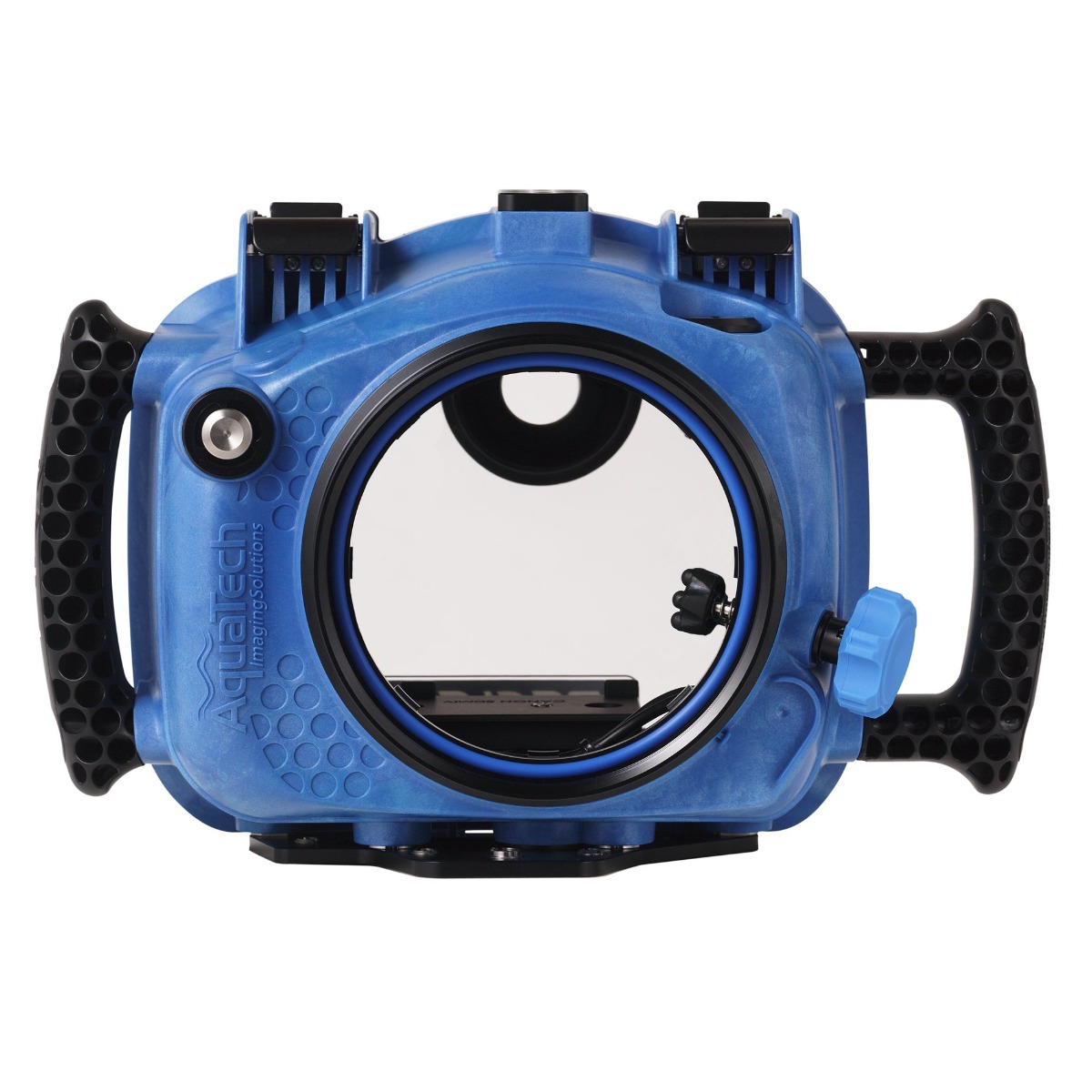 AquaTech Reflex Base Water Housing for Nikon D850
AquaTech Reflex Base Water Housing for Nikon D850
- Price A$ 979.00
-
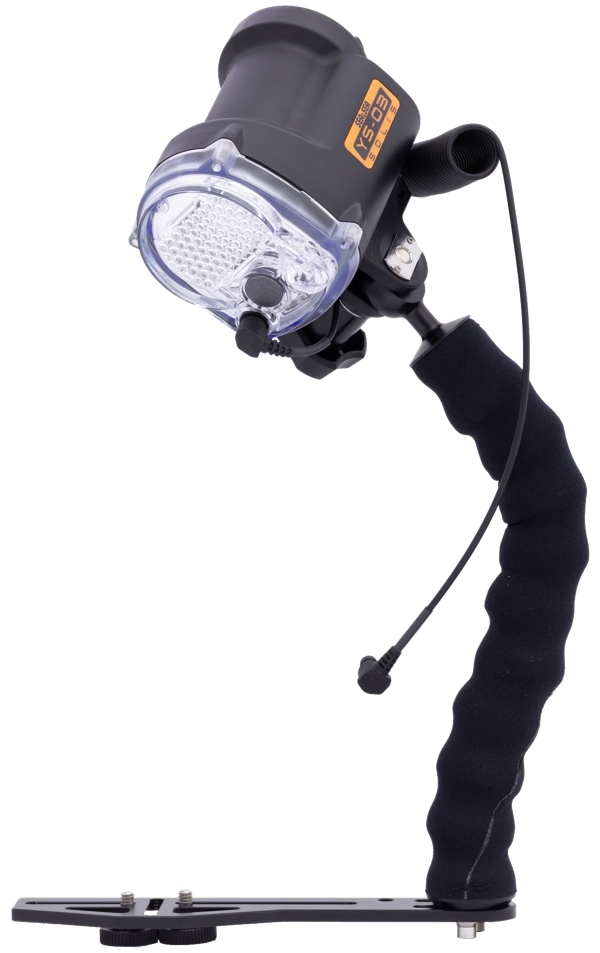 Sea & Sea YS-03 SOLIS Universal Lighting System Kit
Sea & Sea YS-03 SOLIS Universal Lighting System Kit
- Price A$ 849.00
-
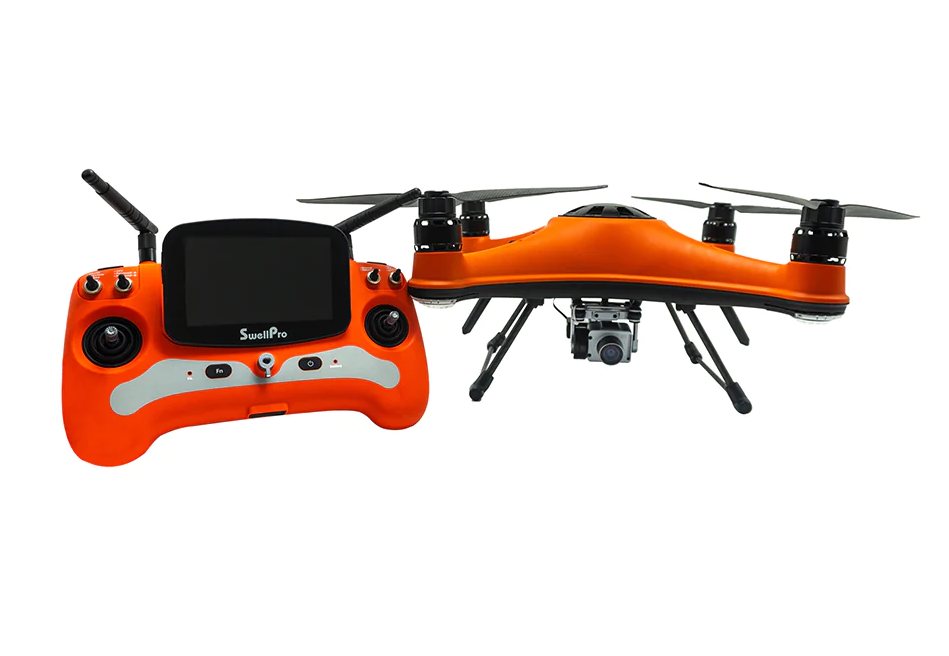 SwellPro Fisherman FD3 ADVANCED - WaterProof Fishing Drone
SwellPro Fisherman FD3 ADVANCED - WaterProof Fishing Drone
- Price A$ 3,499.00
-
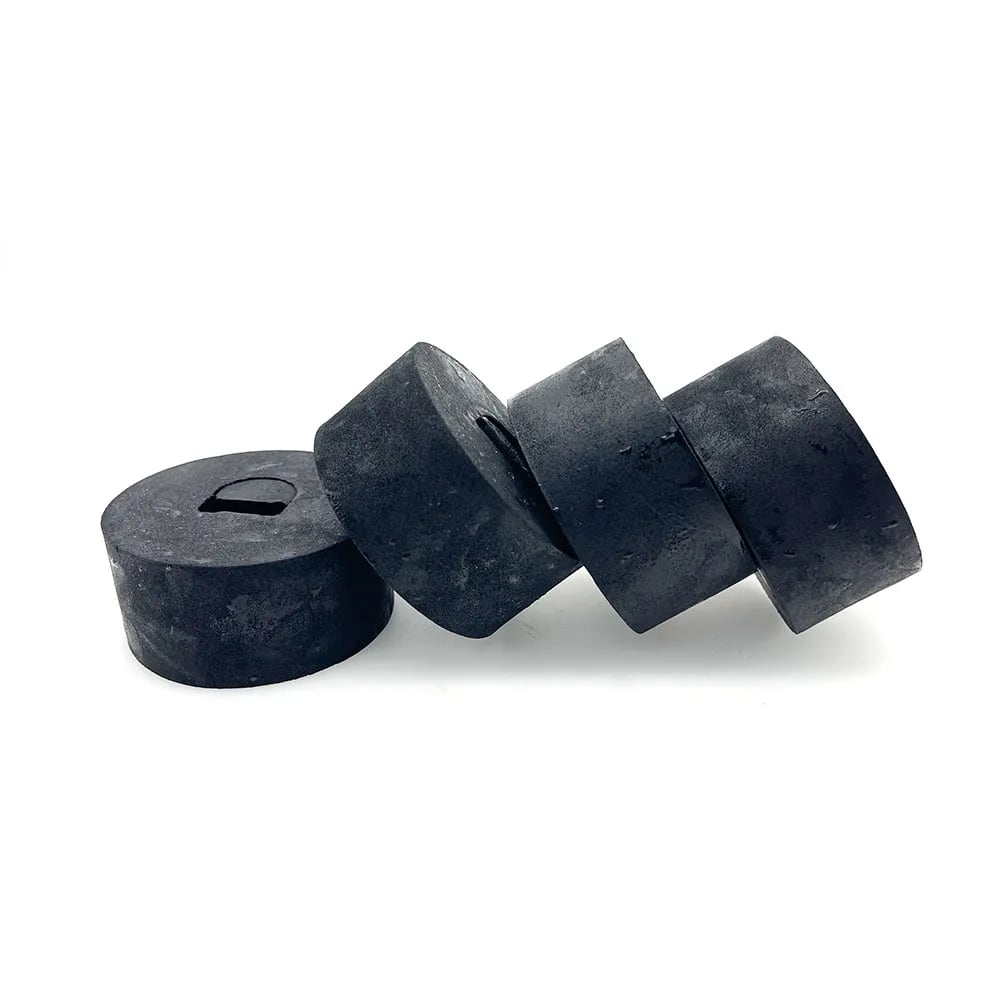 Nitescuba Float Block FAXS/FAXM
Nitescuba Float Block FAXS/FAXM
- Price A$ 59.95
-
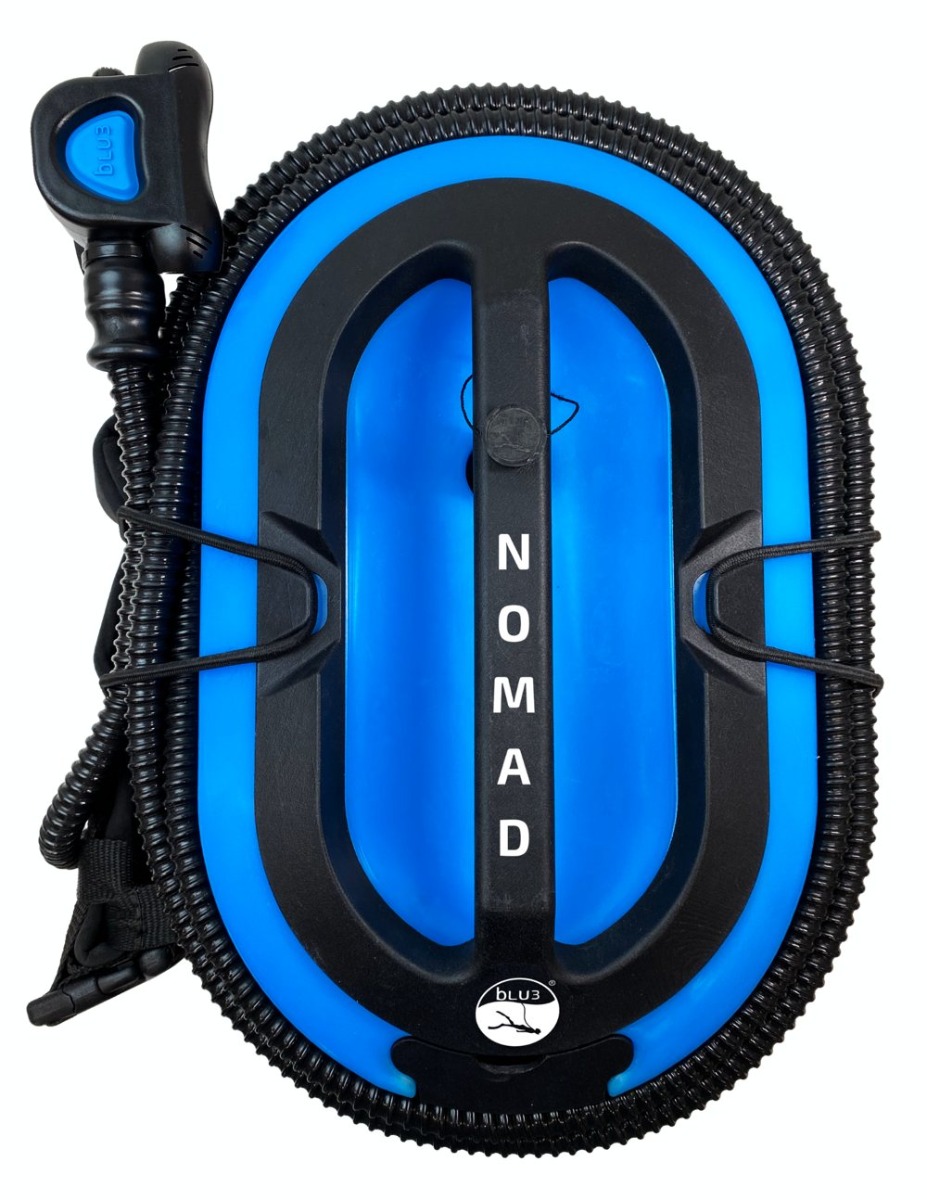 Nomad by BLU3 - Compact dive system - 30 feet
Nomad by BLU3 - Compact dive system - 30 feet
- Price A$ 3,399.00
In the Directory

 Fantasea Australia
Fantasea Australia
Fantasea Line is an international company that has been involved in diving, water sports and photographic industries for nearly 40 years.
 AquaTech Australia
AquaTech Australia
Since 1998 AquaTech has been at the forefront of the design and manufacture of professional photographic accessories.


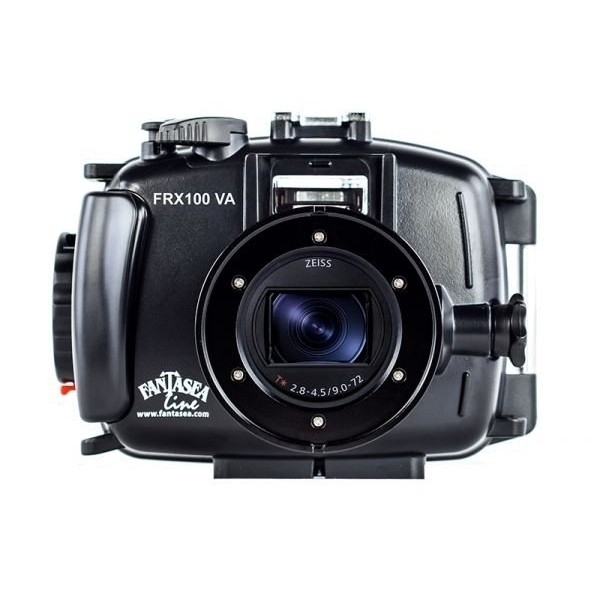
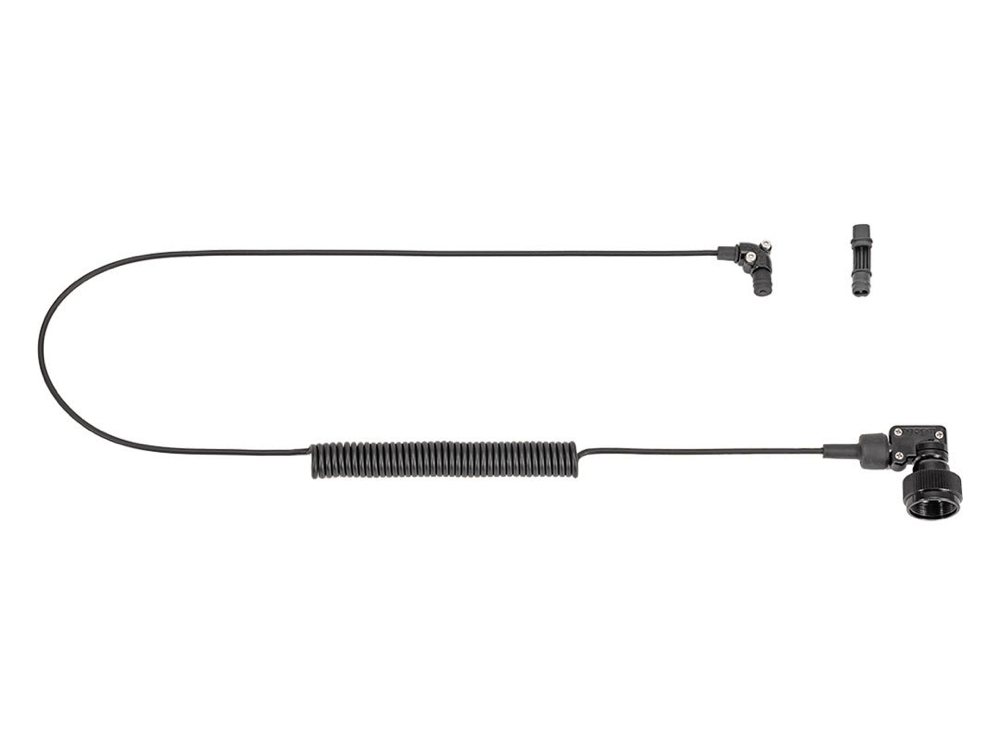
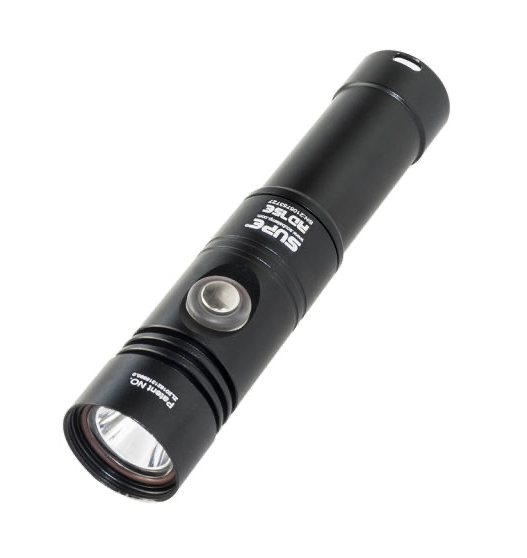

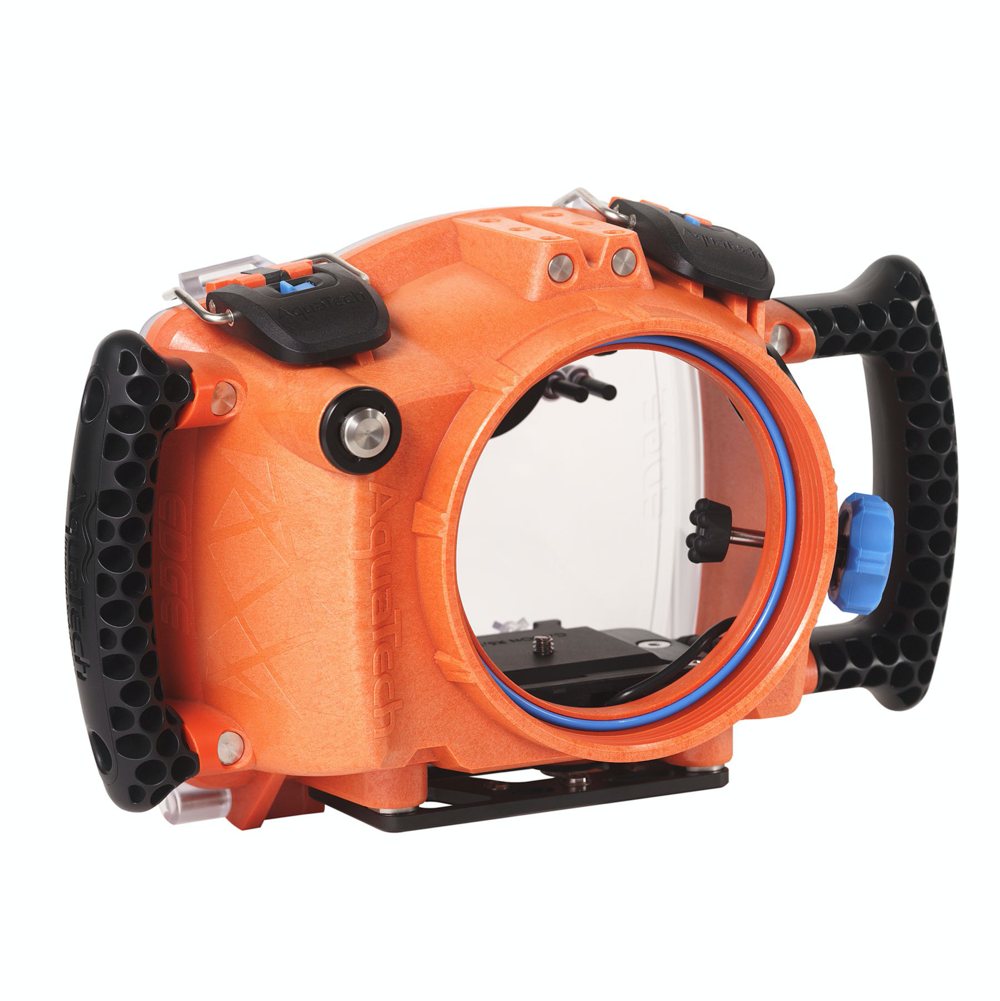
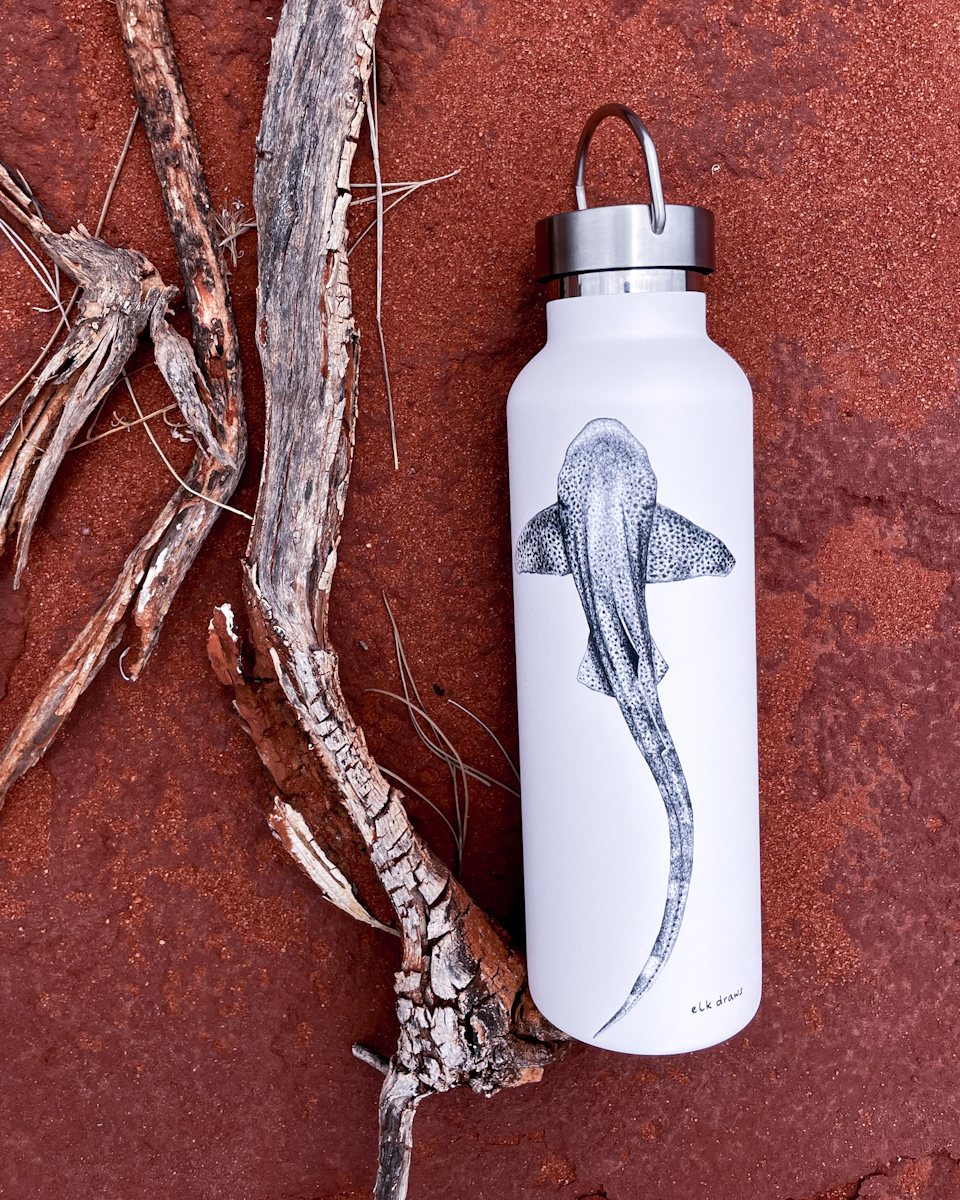
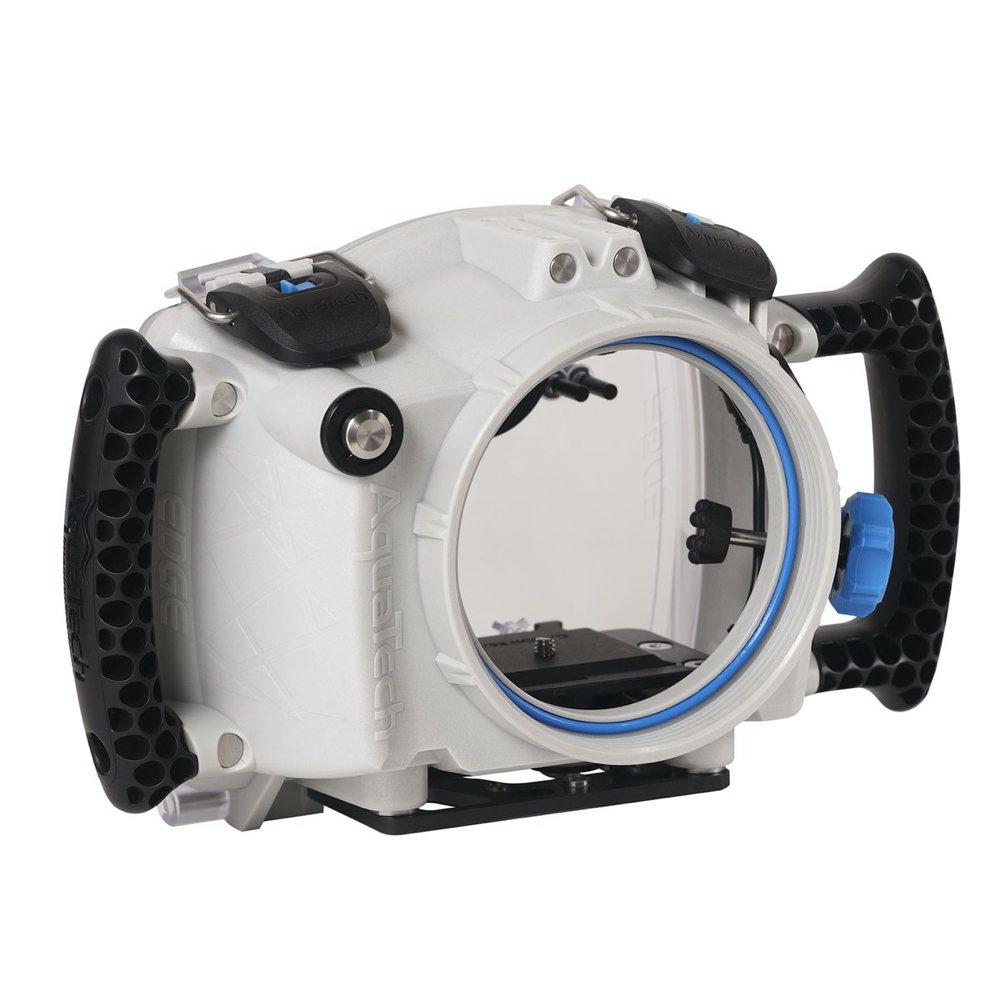



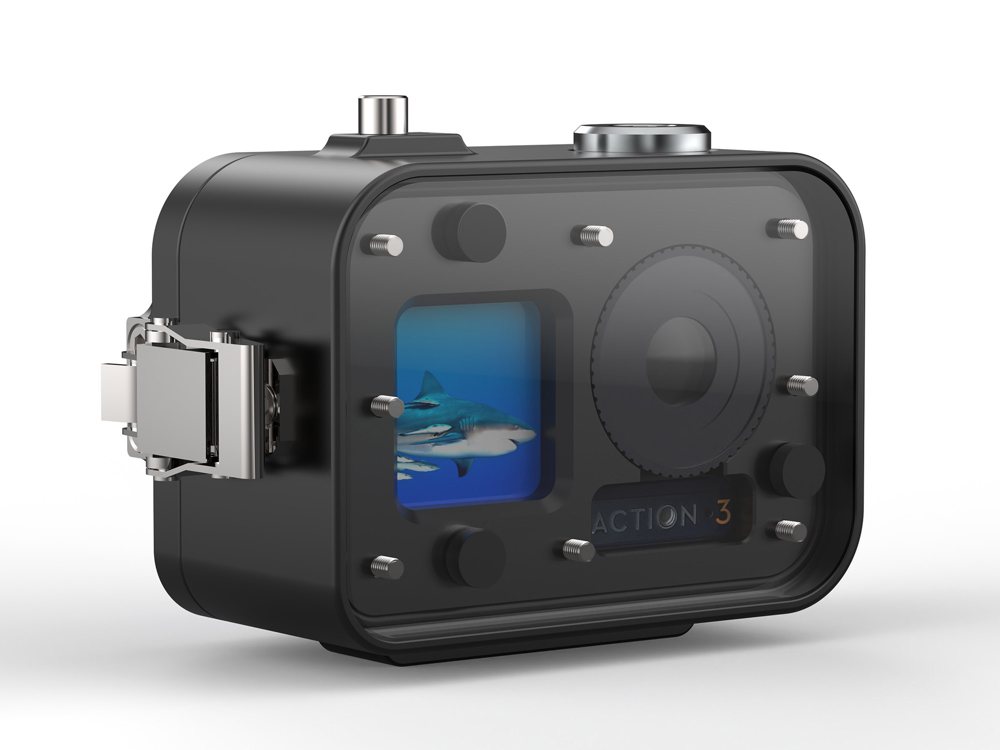 T-Housing Aluminium Deepdive Housing for DJI Osmo Action 4 and Action 3
T-Housing Aluminium Deepdive Housing for DJI Osmo Action 4 and Action 3 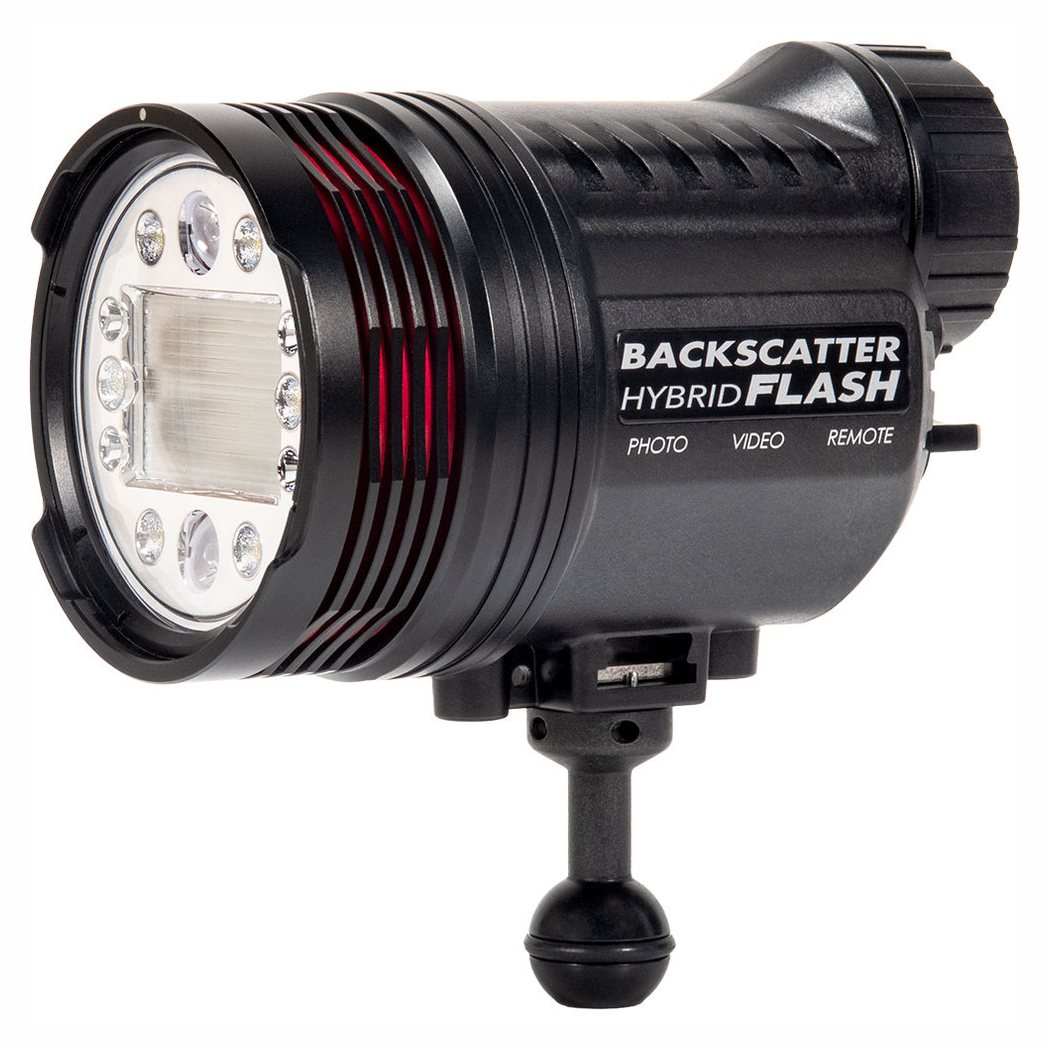 Backscatter Hybrid Flash Underwater Strobe & Video Light HF-1 - FREE BATTERIES
Backscatter Hybrid Flash Underwater Strobe & Video Light HF-1 - FREE BATTERIES  OM Systems CSCH-128 Silicone Jacket for TG-7 Waterproof Tough Camera
OM Systems CSCH-128 Silicone Jacket for TG-7 Waterproof Tough Camera 


